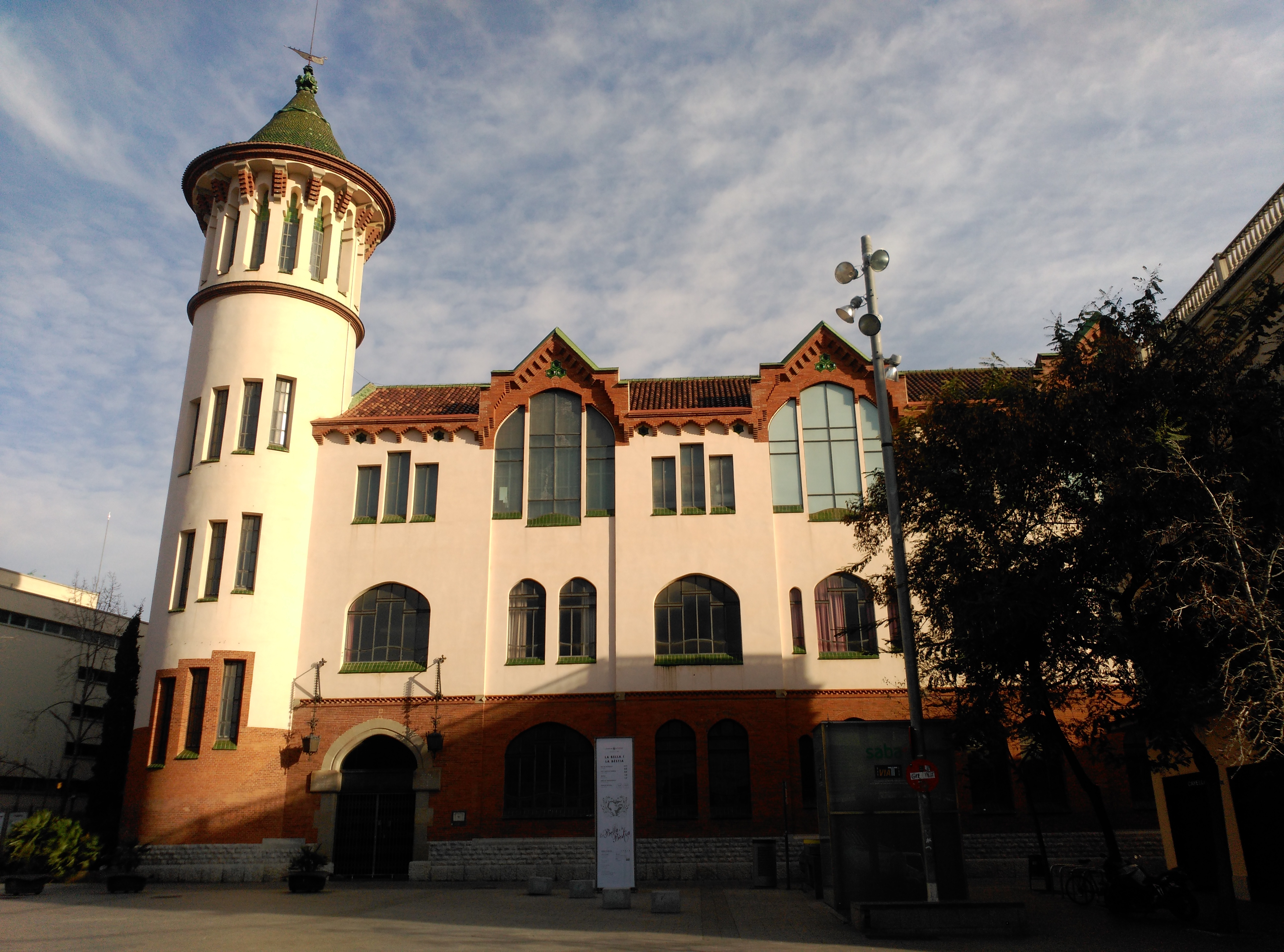
We offer you an itinierary to stroll through the historic center of Sabadell while discovering its heritage, linked to industrialization and modern style.
This is a circular route that you can adapt according to your desire to walk!
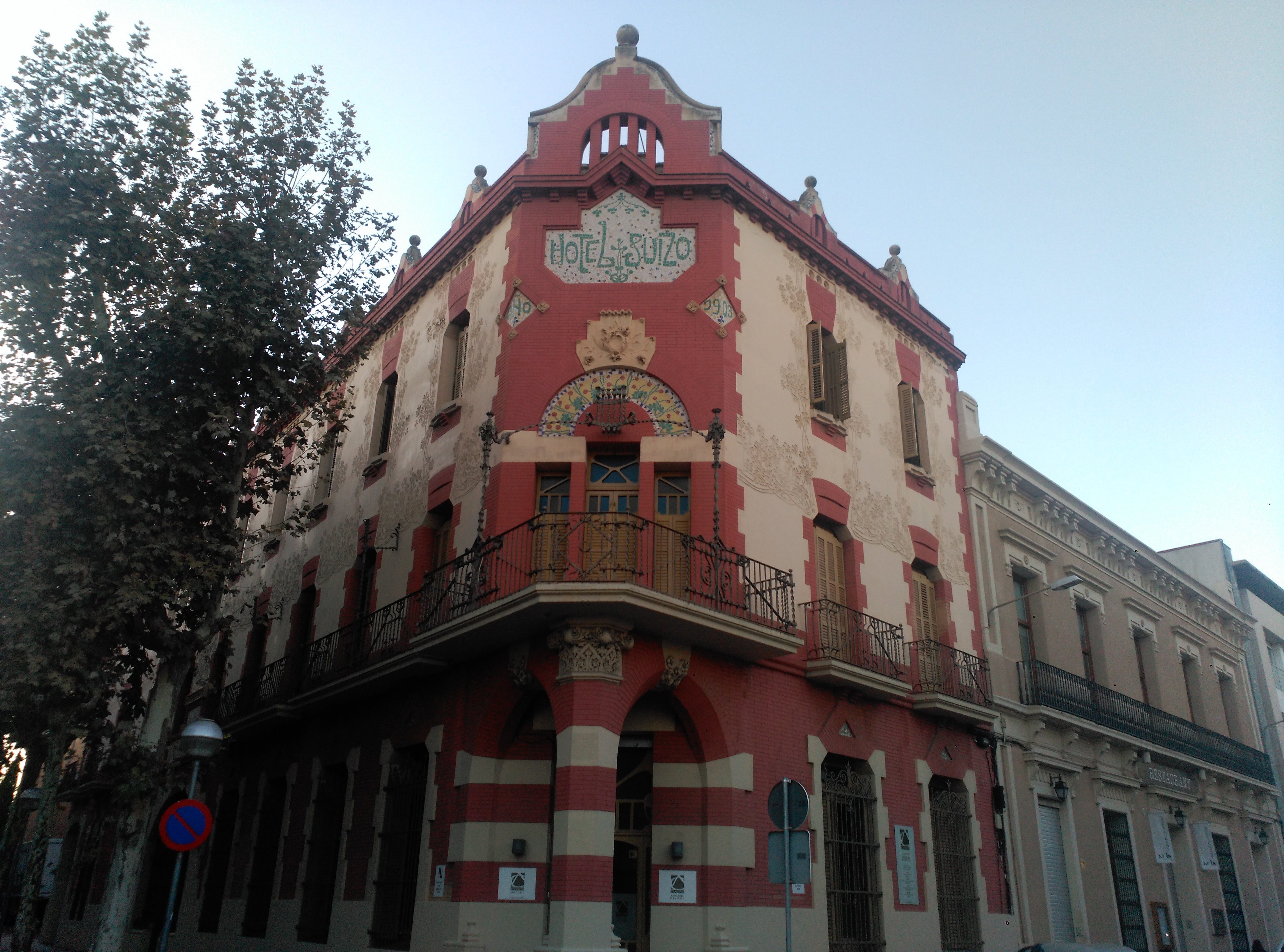
MORNING
Departure point and arrival point: Carrer de l’Estació – in front of the Hotel Suís
Approximate route duration: 1.5 h
Sabadell was one of the main industrial cities in Catalonia, especially linked to the manufacture of woolen fabrics. In fact, it was popularly known as the “Catalan Manchester”.
From this period there are some testimonial buildings that give the city its personality and that evoke its great connection with Modern style and its important industrial activity that changed the phaesomy of the city.
Let’s go!
The starting point of this route is the street carrer Estació at the height of street carrer de la Indústria, here you will find the Hotel Suís (Juli Batllevell 1902), with a beautiful modernist style facade that is full of applied arts (ceramics, sgraffito, wrought iron) and plant and floral motifs that adorn it. The location of this hotel was very strategic, right in front of the north railway station and chamfering with the street carrer de la Indústria, a very important axis where offices and textile factories were located which allowed the communication of the city center with the train station.
Just davant de l’hotel, l’antiga estació del ferrocarril del nord (1889). L’arribada del tren el 1855 a Sabadell va implicar l’abastiment de matèries primeres (carbó i llana) i el foment del comerç.
Just in front of the hotel, the former Northern Railway Station (1889). The arrival of the train at Sabadell in 1855 meant the supply of raw materials (coal and wool) and the promotion of trade.
We will take the street carrer de la Indústria and stop to see the Factory Sallarès Deu, a former textile office (work of Eduard Maria Balcells i Buigas, 1912-1914) and which is currently the headquarters of the Sabadell Water Company. Right on the sidewalk in front we have the Casa Ponsà (Gabriel Borrell 1891), which hosts the Historical Archive of Sabadell.
*Suggestion: At the height of carrer Sant Llorenç street, we can deviate a moment to the right to see the Office of Genís i Pont (Eduard Maria Balcells, 1915) which has a beautiful facade with various decorative motifs, among which we will see glazed ceramic elements.
Returning to the carrer Indústria, we will stop at the height of Lluch Office (work of Juli Batllevell, 1908), where there is currently the Office of Citizen Attention, it was the space where the Lluch family sold the fabrics they produced. The decorative elements that we see on the facade of this building stand out, where we see again the presence of the trencadís (mosaic technique).
Right in front of Lluch Office, we will stop to observe the Sagrada Família School (work by Gabriel Borrell, 1905), the use of the parabolic arch (closely related to Gaudí’s creations) in the door and window. It is worth mentioning the use of ceramics as a decorative element, both in the form of a trencadís panel and in the beautiful architrave of the front door portal.
We will continue to the streets carrer del Pedregar – carrer de Sant Antoni Maria Claret, where we will find the Argelaguet Pharmacy, with a magnificent facade decorated with ceramic panels by Modest Casademunt (1920-1921) and containing iconographic motifs related to the world of medicine and pharmacy.
medicine and pharmacy.
Oh! Since you are here, do not miss to take a look at the Duran House, in the same carrer Pedregar, a very iconic building for the people of Sabadell. It was built between 1578 and 1606 and has the characteristics of a manor house and, at the same time, of agricultural production. To learn more information, check out this link.
*At this point we can do two things: follow the long path all along the Rambla or, take a shortcut and go directly to the Plaça del Gas (the Gas Square). If you want to go directly to the Plaça del Gas, you must follow the direction of Plaça de l ‘Ajuntament and towards carrer Advocat Cirera.
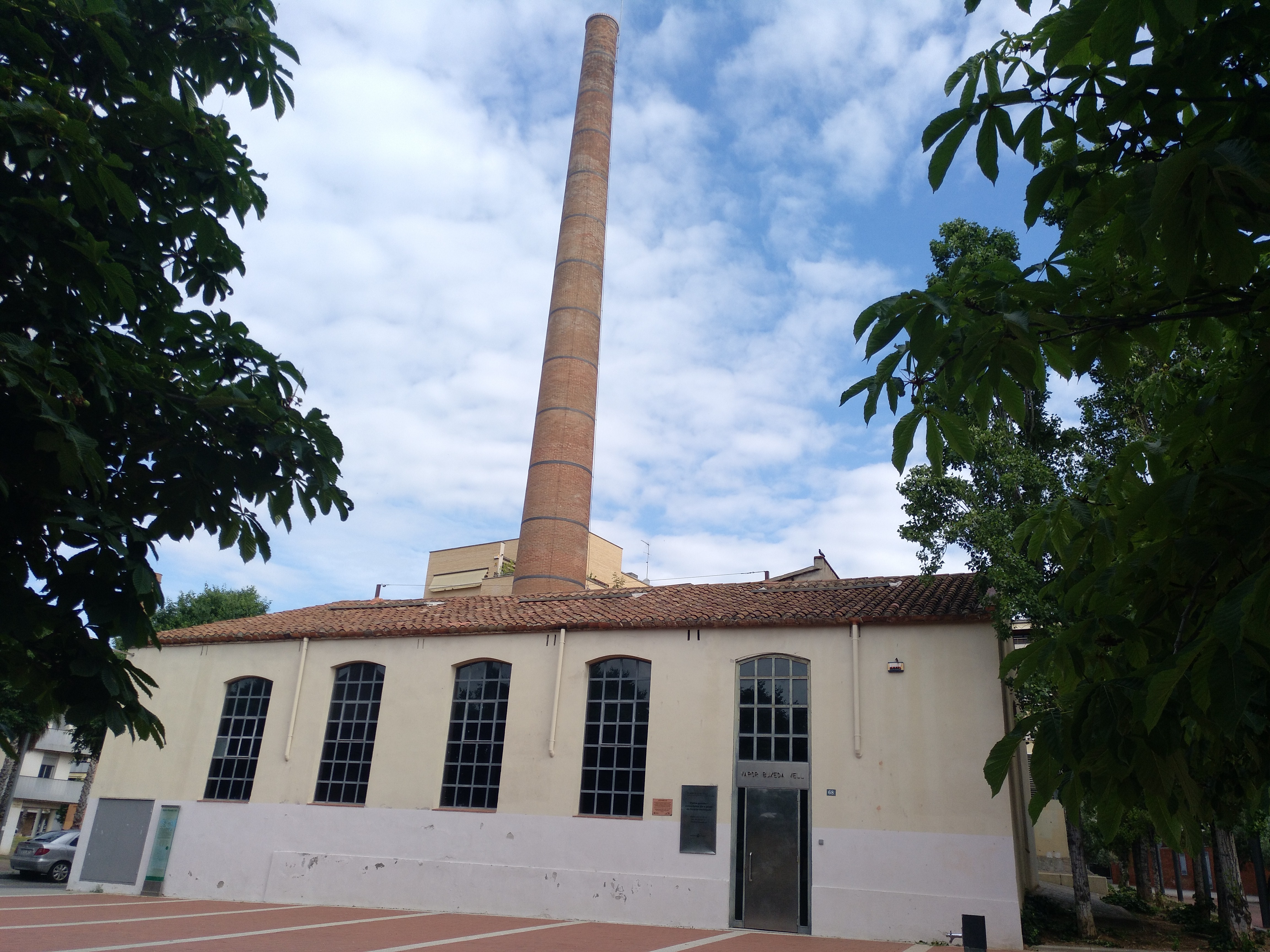
In case you want to follow the long path, we suggest you walk a little along the Rambla, one of the poles of Sabadell’s social and commercial life. La Rambla, the old road leading to Barcelona, was originally a promenade with a central sidewalk. Following the increase in traffic caused by the Universal Exhibition in Barcelona in 1928, it was decided to remove the central promenade and it became a boulevard, as it is now. At the height of no. 22-24, the Hotel Espanya was built to accommodate textile merchants. In the district of la Rambla, the Sabadell bourgeoisie lived together (with its large houses, such as the Casal Pere Quart), popularly known as Voltes de Ca l’Oliver and which was the family residence of Joan Oliver-Pere Quart, there where places of leisure such as the Main Theatre or the Café Comtal, and the workers (with the terraced houses at Rambla no. 84-114).
You can also make the most of the different shops on the axis of the Rambla and stop at the Genescà (Rambla, 152) to taste the Belgues (Belgians), one of the Sabadell’s best-known specialties.
We suggest you go all along the street carrer Cervantes to see the Vapor Buxeda Vell (1852-1854) (C. Cervantes, 68). There you will see the preserved engine room and a small part of the building of this former old woollen textile factory. If you are interested, you can arrange a visit via the Sabadell History Museum. It should be noted that this was the first industrial establishment in the city with electric lighting produced by one of the steam engines.
We will take carrer Sant Pau, you can also take the opportunity to stop at the bakery Forn Tot teca – Forn Gotés (Sant Pau, 87-89) and taste some of its specialties such as the Saballuts or the llonguets (two different sorts of bread). We will pass through the Plaça Joan Oliu where we can see in the middle of the square the Chimney of Fitisa. We will arrive at the end of carrer Sant Pau (where we will find the Main Theatre, which was the luxurious theatre of the bourgeois Sabadell), from there we will take carrer Sant Pere on the left and cross the *Plaça del Gas. Here we will find a building by Juli Batllevell (1899), which hosted the headquarters of the company La Energía that produced electricity from gas engines. Until recently, it was the headquarters of the Gas Museum.
We will continue along carrer Sant Feliu to Plaça Marquilles, where we will find the Art del Vitrall (c/ Sant Feliu, 1). The Arts of Stained glass is a workshop specialized in the creation and restoration of stained glass windows, they offer activities and visits, you can consult their proposals here.
We will continue along carrer d’en Font, where we will find the building that hosted the former Escola Industrial d’Arts i Oficis (Industrial School of Arts and Crafts, Espai Cultura Fundació 1859 Caixa Sabadell) (C. d ‘en Font, 25, work of Jeroni Martorell, 1911). Of particular note is the cylindrical tower adorned with green glazed ceramics inspired by medieval times. You can consult the possibility of a guided tour and the calendar of activities of the Espai Cultura (Cultural space) on this link.
Once you are at this point, if it is a weekday, we propose you visit Sabadell’s Mercat Central (the Central Market, an artwork by Josep Renom, 1930) where you will find stalls of local and quality products, both inside the market and on the farmers’ stalls of the surrounding agricultural park. This is the right time to fill the basket with local products and taste the “petador” (a typical Catalan sausage) and the estrep (a licorice)!
*Aclariment pels lectors: si no sou de Sabadell, en direu fuet i pegadolça ; )
If it is a Sunday morning you will find a flea market with stalls of all kinds.
Then take the carrer de l’Escola Industrial and at the height of the Museum of the Catalan Institute of Paleontology, we suggest you to go through the Jardinets de la Caixa, a beautiful green space in the center of the city, where you will find a botanical garden, a pond and a small theater. You will leave the Jardinets by carrer Sant Quirze and then you can take the carrer Gràcia.
In case you find the Gardens closed, you can continue up to carrer de l’Escola Industrial and you will also arrive at the carrer Gràcia.
Once on carrer Gràcia, you will see the magnificent building of the former Caixa d ‘Estalvis de Sabadell (c. Gràcia, 17-29) (work of Jeroni Martorell, 1906-1915). It is worth highlighting the facade with a large set of decorative motifs that symbolize savings, trading, culture… You can consult the possibility of taking a guided tour to get to know the building better and discover its beautiful interior here.
From carrer Gràcia, we will take carrer de la Rosa to the Passeig de la Plaça Major where we will walk a bit up until we reach carrer Palanca, where you can take carrer Marià Fortuny and cross the Plaça Ricard Simó. Right in front of you you will have the Sabadell Art Museum.
The Sabadell Art Museum is located in the former house-factory of the Turull family, an example of construction where the working space and the living space where shared. You can consult more information on this link to visit the building and the collections that are kept there.
Following our walk along carrer Comèdies, we will turn left on carrer de la Lluna and right on carrer Les Paus, where we will find the Safareigs de la Font Nova (c/ de las Paus, 35) (work by Miquel Pascual and Tintorer, 1892), this are public laundries with an exposed brick façade and ceramic decorations in the form of floral motifs. Following the route, we will see the school Enric Casassas (c/ Llobet, 77) (work of Juli Batllevell, 1897) with an exposed brick façade and a ceramic panel with the coat of arms of Sabadell, work of the ceramist Marià Burguès.
Now we will take the final stretch of our route all the way along carrer Les Paus until we reach carrer Arimon (once here, if we turn to the Gran Via, we will see the building of the iconic Artextil factory on the other side). Continuing to the right along Arimon Street we will find the Arimon House (C. d ‘Arimon, 24) (Reformed by Josep Renom in 1911), whose great presence of applied arts embellish the façade: ceramics, graffiti, wrought iron…
And all the way down, we’ll just arrive just at our starting point: carrer de l’Estació, where we’ll end our route. Oh! If you still feel like walking, extend the route along carrer de l’Estació towards carrer Tres Creus, here you will find the Biblioteca Vapor Badia, a library located in an old factory that has been recovered to house the city’s central library.
TAKE A NIBBLE…
Throughout the route, you will find establishments of all kinds: for breakfast, for a vermouth, for a drink, for lunch, for a snack or for dinner.
The offer is well varied and for all budgets!
IF YOU WANT TO LEAVE WITH A SABADELL SOUVENIR…
You can visit the Estripa’m més store (Rambla, 103) where they have very original souvenirs inspired by Sabadell’s imagery. You can also try the products of Pura Ceba, an initiative to highlight the most identity traits of the city, you can find them in Moviment Nat (c/raval de dentro, 13).
You can also take a box of Belgues del Genescà or a bottle of Arraona wine with you, made with grapes from the vineyards of the Sabadell Agricultural Park
LEARN MORE…
How to get there
See this link for details on how to get to Sabadell.
Rating
Gallery
Share
Send




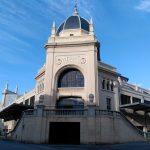
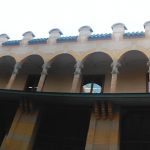
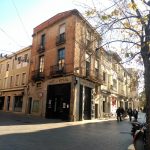
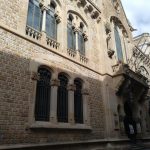
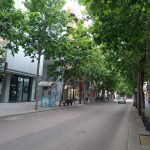
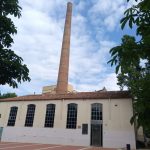
Sorry, the comment form is closed at this time.